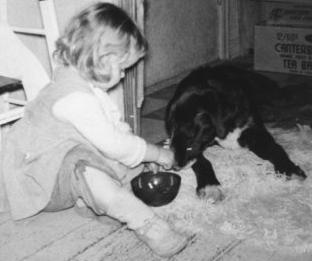
Spring is also a time of digging in the garden, and I had an interested bystander last week who watched me carefully to make sure I had not uprooted the rock that was its home.

I decided to extend a little patch of garden by digging a couple of feet into the lawn

which meant digging up some grass and, in the process, a large population of wireworms

as well as a large population of leatherjackets, a couple of snails

and a cutworm larva.

My war against slugs continues, and I think I'm getting the upper hand, mostly by hand-picking at night. But I complement this activity with some slug traps made out of used styrofoam or plastic cups,


baited with home brew (water, yeast, sugar and flour) and it attracts a good number of drinkers who hang out in the bar past closing and then fall in.

I have been surprised by my slug populations' fondness for onions.

The chives are in full blossom, which is good for my salads and visiting bees:

The garden spiders have moved to the strawberry pots:

My overwintered artichoke has offered a second bulb and seems perfectly happy under the downspout of the garden shed, surprisingly. Plagued with ants though, and I'm not sure if that's harmful or not. More research needed.

The potato car tire experiment continues, behind the shed, next to the fence, so well out of direct sunlight. They seem happy enough so far, as do the burlap bag specimens.

The leeks are looking better in the pot than they do in the garden (where I suspect wireworms have been nibbling on their feet), and the radishes are helping to pass the time between them:

Lots of flowers on the fava beans:





















































